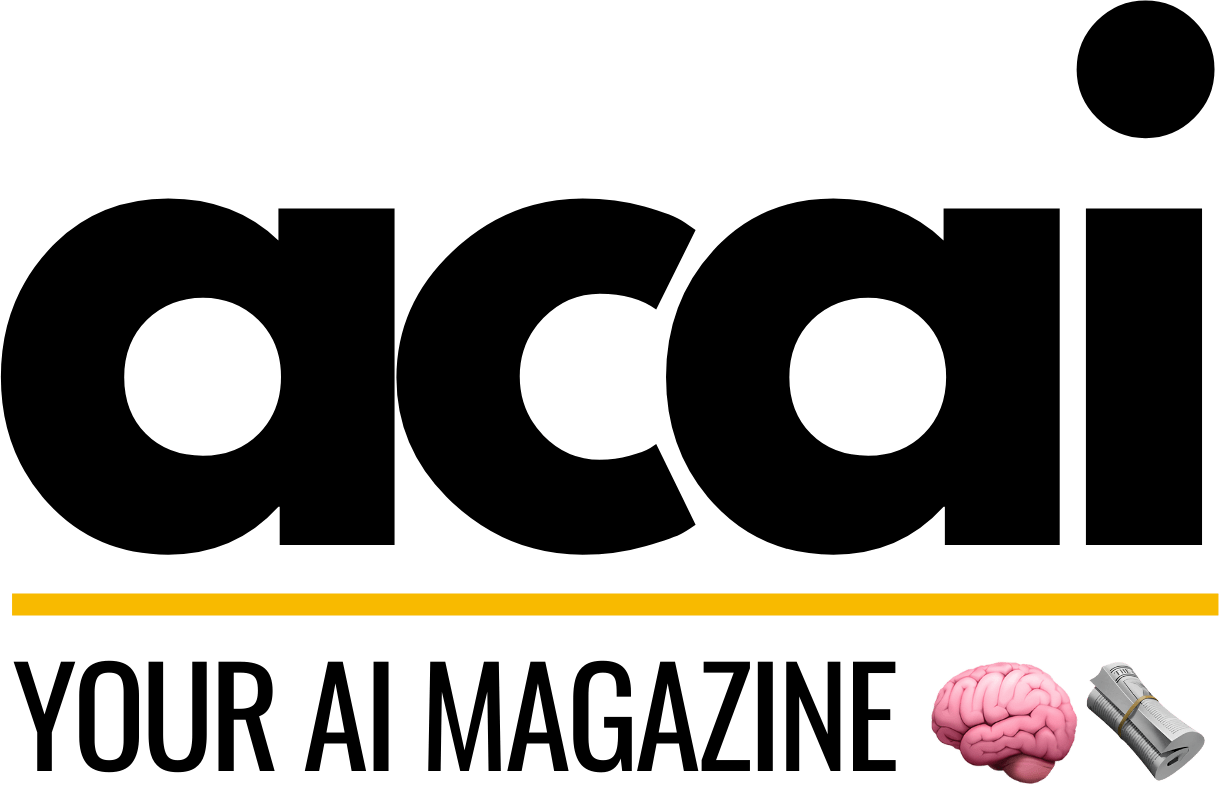Explore How AI Enhances Semantic Linking and SEO-Driven Topic Modeling for Smarter Content Strategies
Welcome to an in-depth exploration of how Artificial Intelligence (AI) is revolutionizing the fields of semantic linking and SEO-driven topic modeling. As digital landscapes become increasingly complex, the need for advanced technologies to understand and predict user intent has never been more critical. This article delves into the transformative role AI plays in enhancing search engine optimization (SEO) and content relevance through sophisticated semantic technologies.
- Introduction to AI in SEO
- Understanding Semantic Linking
- SEO-Driven Topic Modeling
- Case Studies and Examples
- Conclusion and Key Takeaways
Introduction to AI in SEO
Artificial Intelligence is increasingly becoming a cornerstone in the toolkit of SEO professionals and content creators. AI’s ability to analyze large volumes of data and understand language nuances has opened new avenues for optimizing websites and content for better search engine rankings and user engagement.
Understanding Semantic Linking
Semantic linking refers to the process of connecting various pieces of content through their meaning rather than mere keyword matching. This sophisticated approach allows for a deeper understanding of the context and relationships between different topics.
- AI technologies such as Natural Language Processing (NLP) enable the extraction of concepts and relationships from text.
- Machine learning models can identify patterns and associations across vast datasets, improving the accuracy of semantic links.
By integrating semantic linking, websites can enhance their information architecture, making it more intuitive and aligned with user intent.
SEO-Driven Topic Modeling
Topic modeling is a technique used to uncover the hidden thematic structure in a collection of texts. AI-driven topic modeling involves the use of algorithms to discover these themes automatically, which can significantly impact SEO strategies.
- AI models such as Latent Dirichlet Allocation (LDA) are commonly used to identify topics within large text corpora.
- These topics can then inform content creation strategies, ensuring that all relevant sub-topics are covered, enhancing both SEO and user experience.
Effective topic modeling leads to content that is not only rich in keywords but also in context, which is highly valued by modern search algorithms.
Case Studies and Examples
Several companies have successfully integrated AI into their SEO and content strategies. For instance, a major e-commerce platform used AI to refine its search engine algorithms, resulting in a 30% increase in user engagement.
- Another example is a news outlet that implemented AI-driven topic modeling to organize its content more effectively, leading to improved discoverability and a 25% increase in web traffic.
These examples highlight the practical benefits and real-world applications of AI in enhancing SEO through better semantic linking and topic modeling.
Conclusion and Key Takeaways
The integration of AI in semantic linking and SEO-driven topic modeling is not just a trend but a significant evolution in how we understand and create content for the web. As AI technology continues to advance, its role in SEO will likely become more profound, offering even more sophisticated tools for webmasters and content creators.
- AI enhances understanding of user intent and content relevance.
- Semantic linking and topic modeling are crucial for modern SEO strategies.
- Real-world case studies demonstrate the effectiveness of AI in boosting SEO and user engagement.
In conclusion, embracing AI in SEO practices is essential for anyone looking to improve their website’s visibility and user experience. As we move forward, the synergy between AI and SEO will undoubtedly grow stronger, paving the way for more innovative and effective optimization strategies.
For further reading on AI and its impact on SEO, consider visiting authoritative resources such as Search Engine Land.




